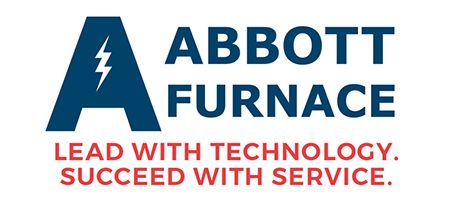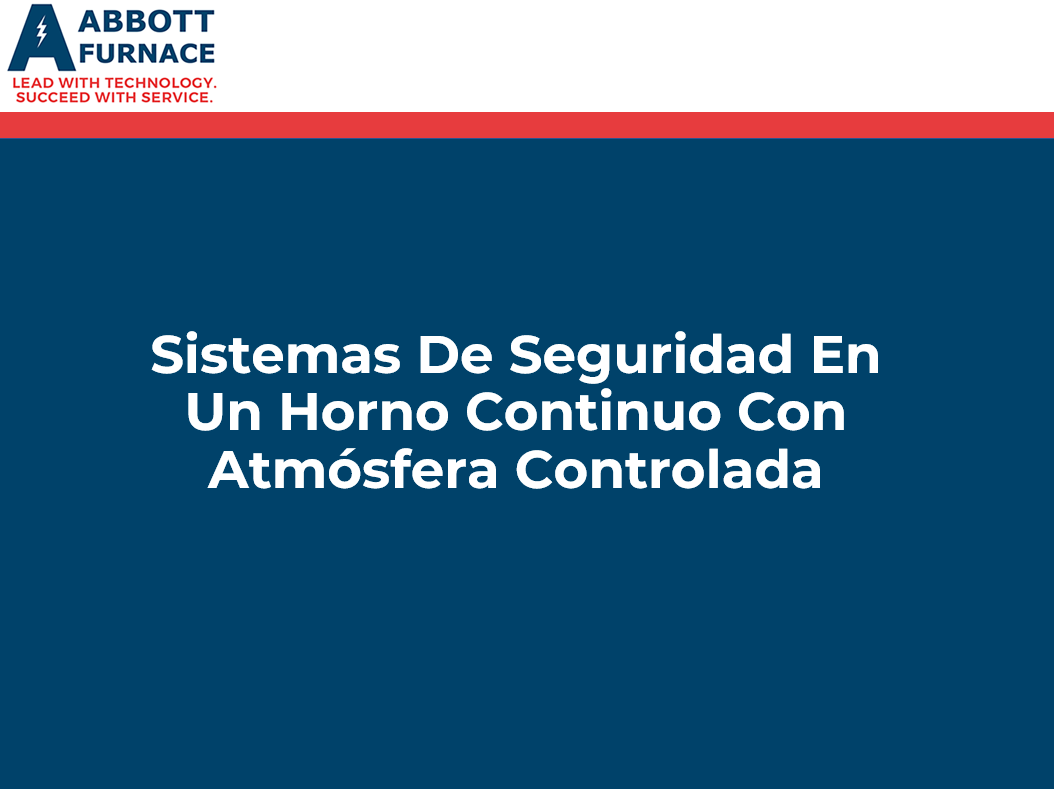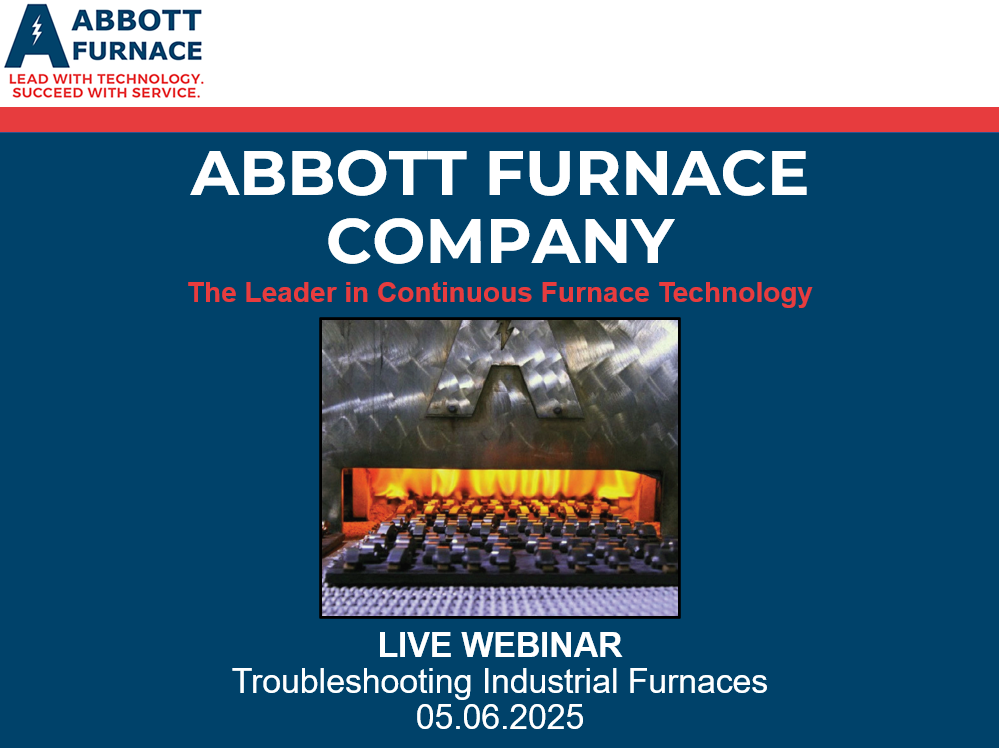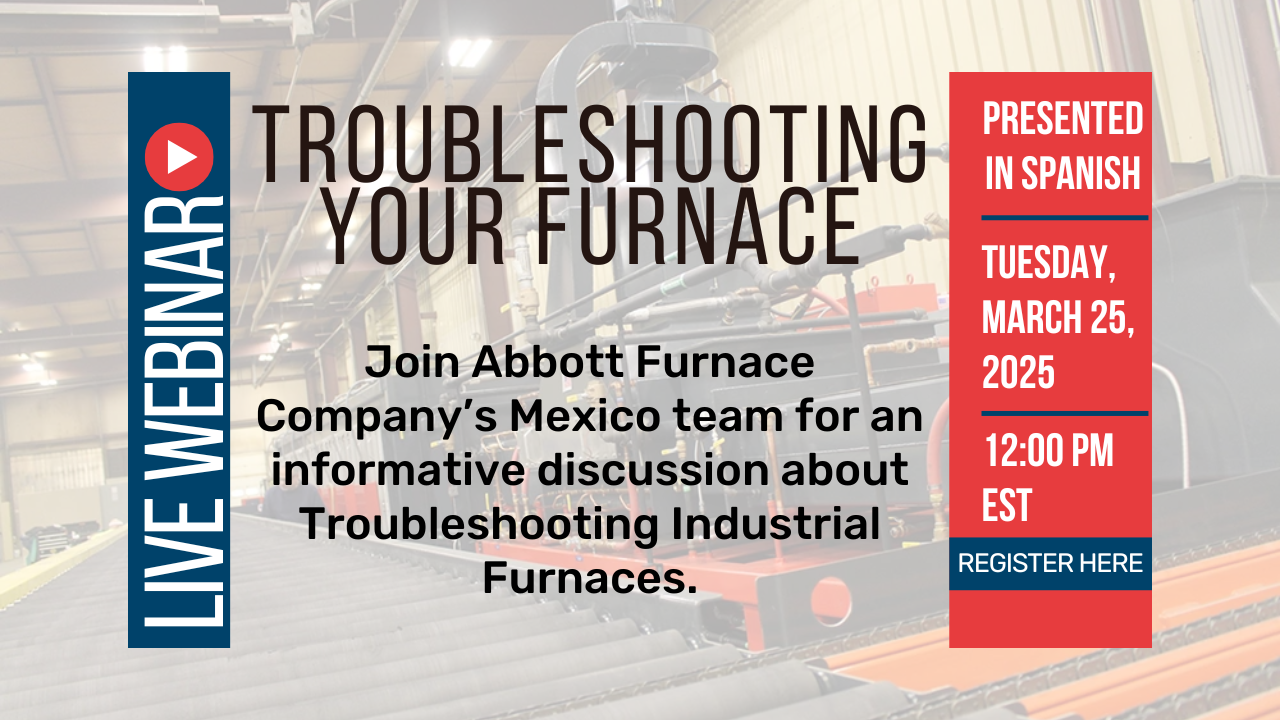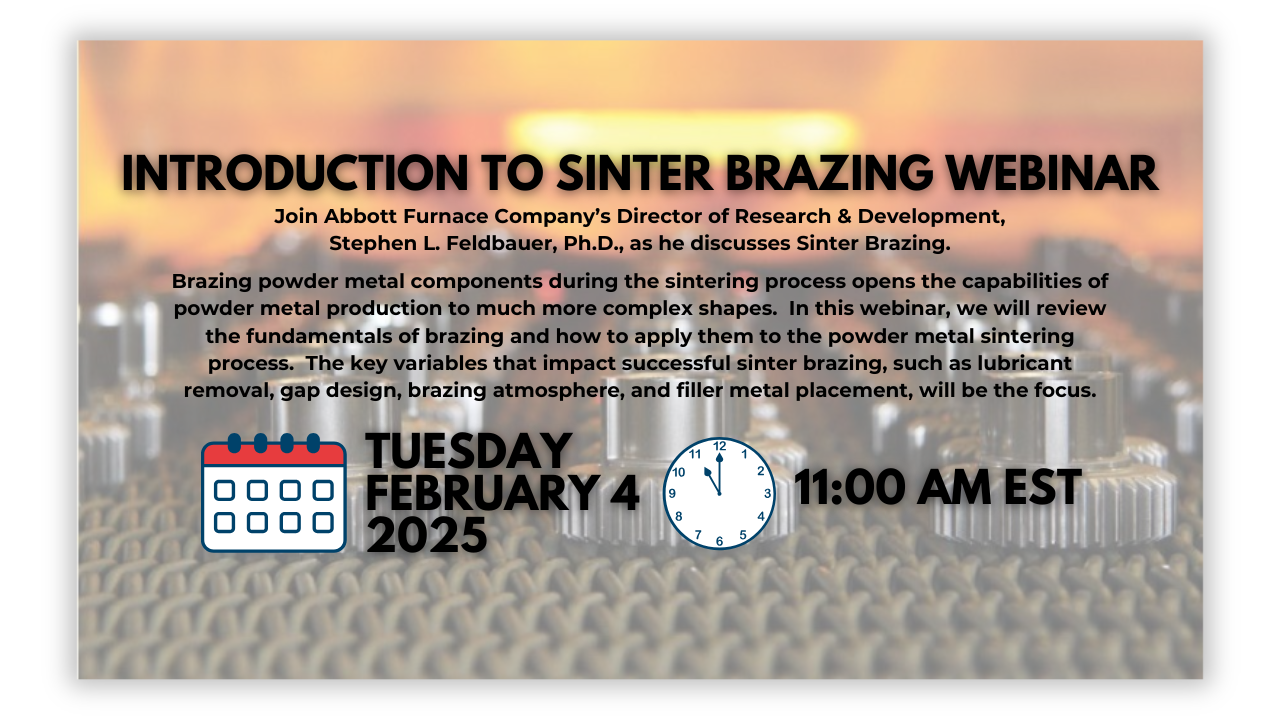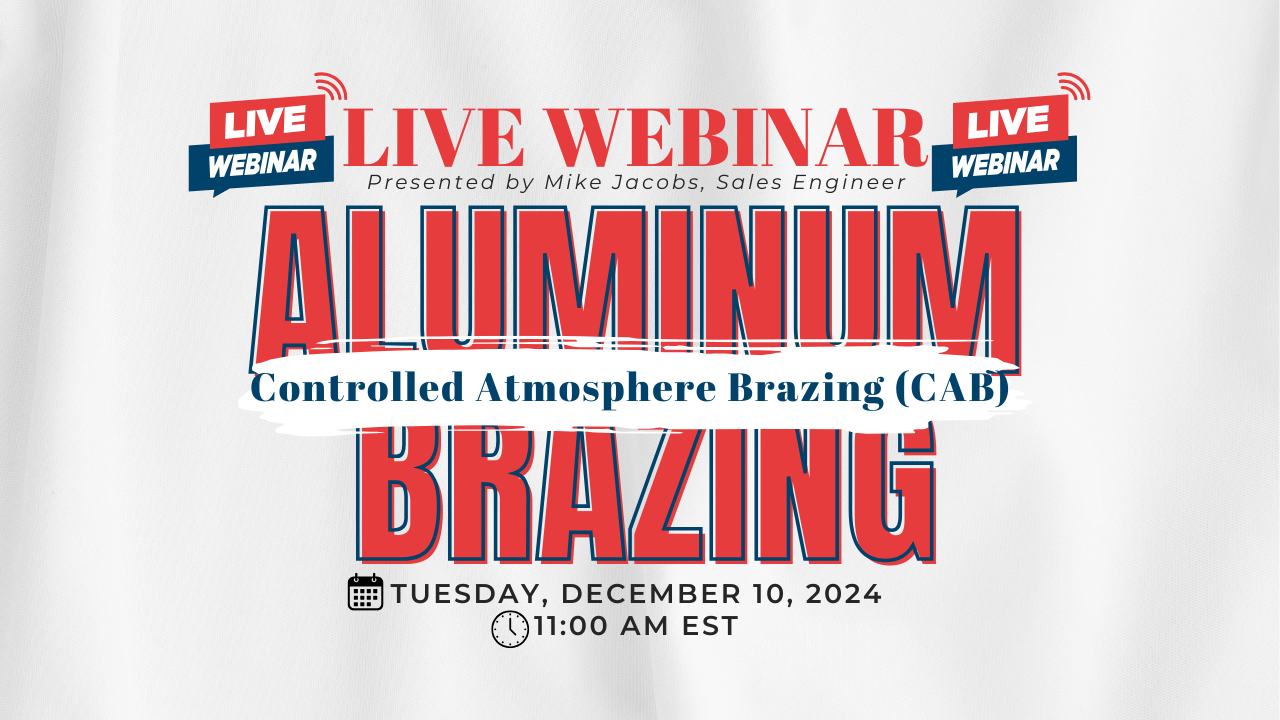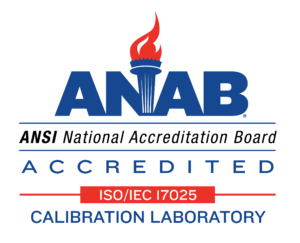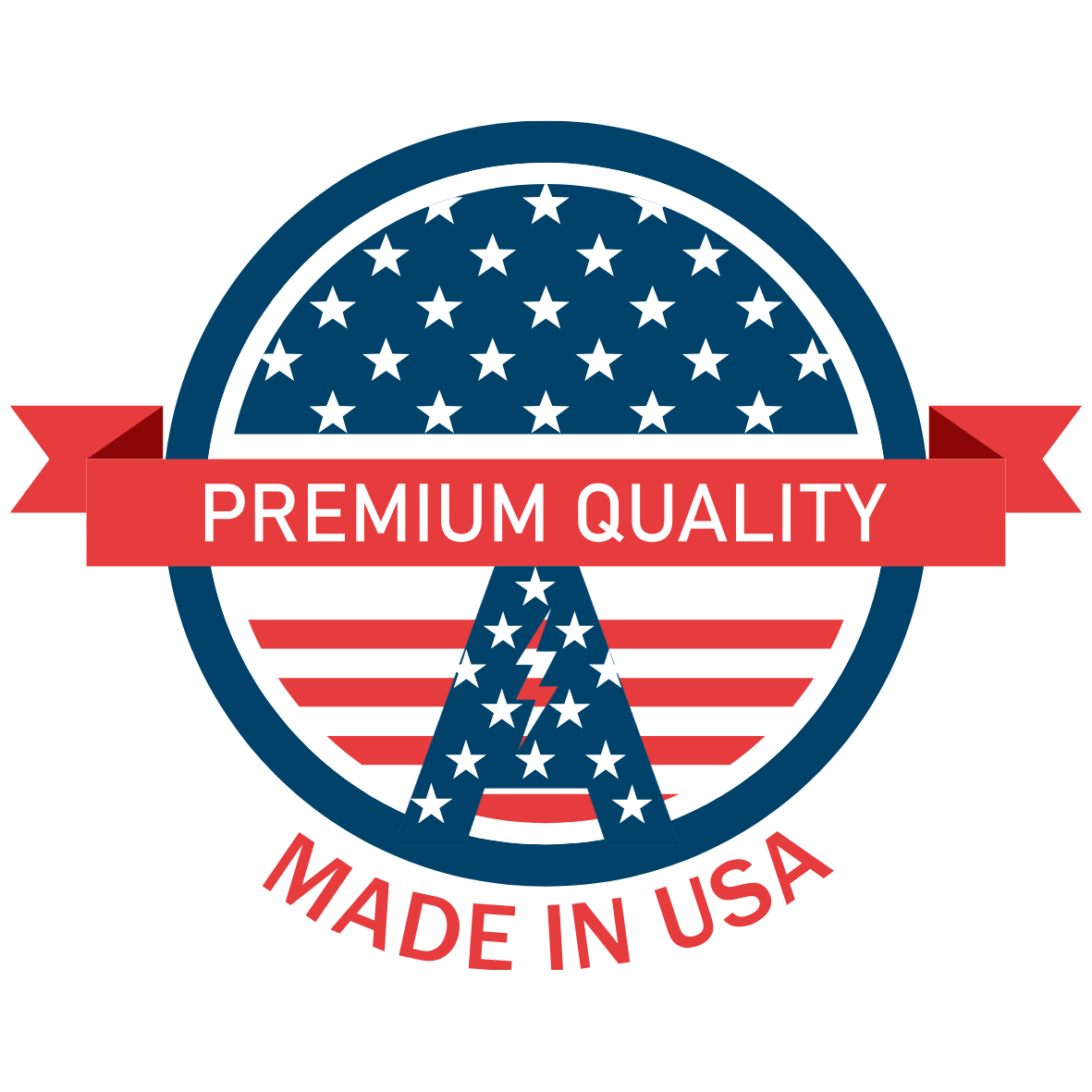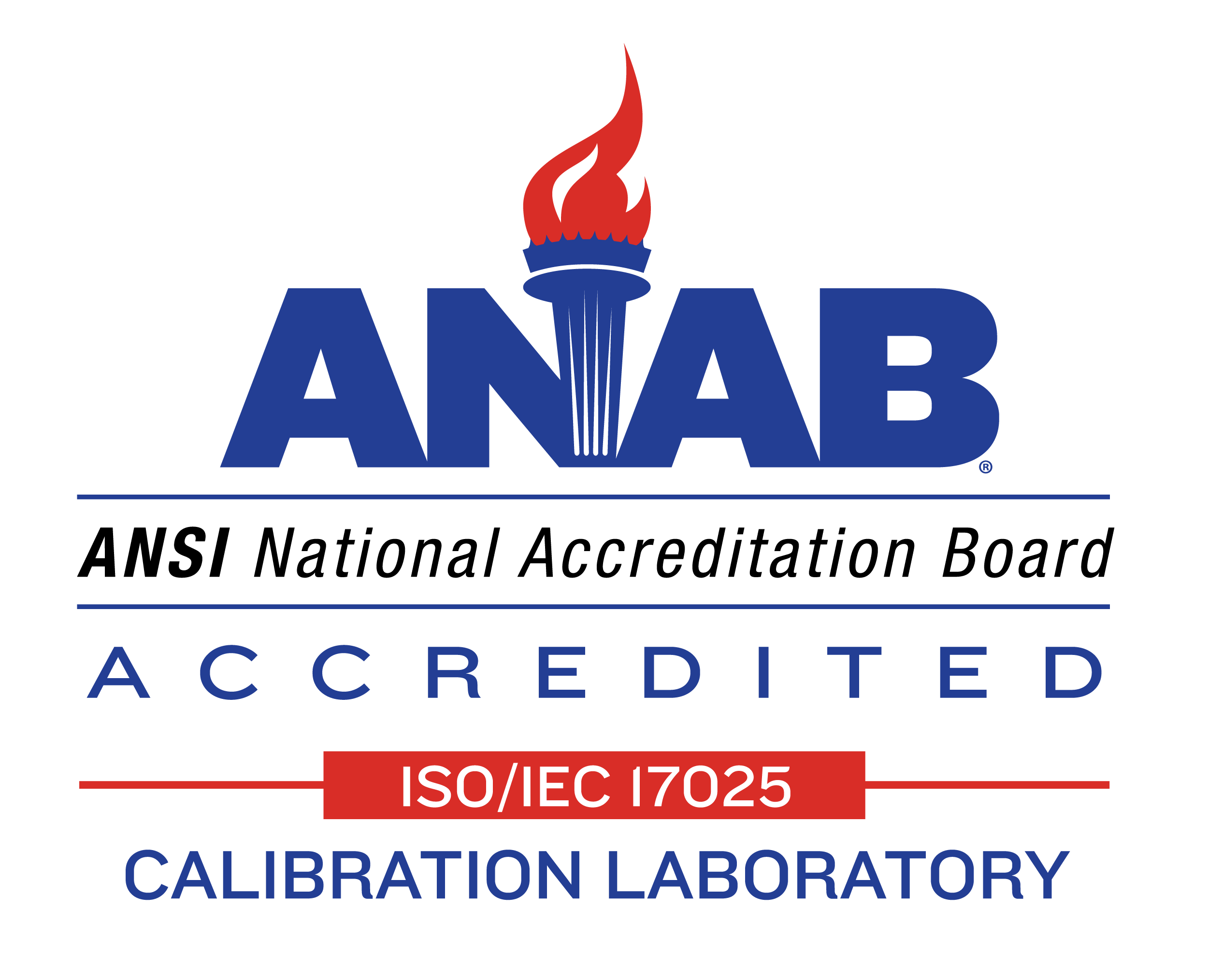
Heat-treating is using rapid heating and cooling to alter the physical or chemical properties of metal or other substances. This is usually done to improve the metal’s hardness, strength, or ductility, but heat-treating can also be used to remove residual stress and increase wear resistance. Processes that rely on heat treatment include brazing, tempering, annealing, case hardening, normalizing and sintering.
Industrial Heat Treatment Furnaces and their use in metal production
Various grades of steel account for about 80 percent of the metals subjected to thermal processing each year, but the properties of titanium, copper, brass, nickel, aluminum, and magnesium alloys can also be improved by the process. While ferrous and nonferrous metals like cast iron and tool steel are the most common heat-treated materials, the process can also be used to alter the properties of ceramics and glass.
Metal Alloy Heat Treatment Chart
The following table (and the legend above it) provides information about the composition and properties of common heat-treated tool steel:
- C1: Type of steel
- C2: The steel’s composition
- C3: Harden temperature in degrees Fahrenheit
- C4: Temper temperature in degrees Fahrenheit
- C5: Anneal temperature in degrees Fahrenheit
- C6: Normalize temperature in degrees Fahrenheit
- C7: Quench method
- C8: Atmosphere
|
C1 |
C2 |
C3 |
C4 |
C5 |
C6 |
C7 |
C8 |
|
A2 |
Medium Alloy |
1700-1800 |
350-1000 |
1550-1600 |
0 |
Air |
Air/Inert |
|
A6 |
High Carbon |
1800-1875 |
400-1000 |
1600-1650 |
0 |
Air |
Air/Inert |
|
D2 |
High Carbon |
1800-1875 |
400-1000 |
1600-1650 |
0 |
Air |
Air/Inert |
|
O1 |
Oil Harden |
1450-1500 |
350-500 |
1400-1450 |
1600 |
Oil |
Air/Inert |
|
W1 |
Water Harden |
1400-1550 |
350-650 |
1360-1400 |
1450-1600 |
Water |
Air/Inert |
|
S7 |
Shock Resisting |
1650-1750 |
400-1200 |
1500-1550 |
0 |
Oil |
Air/Inert/Natural Gas |
|
H13 |
Hot Work Alloy |
1825-1875 |
1000-1200 |
1550-1650 |
0 |
Air/Oil |
Air/Endo |
|
M2 |
Molybdenum |
2150-2250 |
1000-1200 |
1600-1650 |
0 |
Air/Oil/Salt |
Air/Endo |
|
T2 |
Tungsten |
2300-2375 |
1000-1100 |
1600-1650 |
0 |
Air/Oil/Salt |
Air/Endo |
|
1040 |
Medium Carbon |
1550 |
1550 |
1550 |
1650 |
Water |
— |
|
1440 |
Medium Carbon |
1575 |
400-1,200 |
1550 |
1600 |
Oil |
— |
|
4130 |
Alloy Steel |
1600 |
0 |
1575 |
1625 |
Oil |
Air/Dis./Ammonia |
General Specifications for Metals in Industrial Furnaces
The methods and processes used to heat and cool metals are based on the specific properties of the metal being worked on, the desired outcome, and standards published by organizations like the Automotive Industry Action Group that provide guidance about temperatures and processing times.
Temperature
Temperature plays a crucial role in the heat-treatment process. Metals can be heated only until they become soft and more malleable, or higher temperatures can be used to change their basic properties. Once a metal has been heated and cooled, it may be tempered to further improve its toughness and hardness. Once again, the temperature is very important. Temperatures of between 160 and 300 degrees Celsius are used to temper tool steels, but far higher temperatures are needed to temper spring or high-speed steels.
Processing Time
During heat treatment, metals are heated to a specific temperature and then kept at that temperature until the desired result is achieved. This period is called the “soaking stage,” and it can last from 12 minutes to more than an hour based on the thickness of the metal. Reaching soaking temperature should be done slowly and carefully to ensure that temperature is consistent throughout the metal.
Composition of Metals
Heating any metal beyond a certain point will change its microstructure. This point is called the critical temperature, but that term is somewhat misleading because there are actually three very important temperatures. These three temperatures are:
- The normalizing temperature: This is the temperature needed to heat metals to the austenitic crystal phase, which is the point where they harden and their structures start to change.
- The upper critical temperature: This is the point during the cooling process where ferrite and cementite begin to form. The upper critical temperature is largely determined by the carbon content of the metal. The more carbon a metal has, the lower its upper critical temperature will be.
- The lower critical temperature: This is the temperature that triggers the transformation of austenite into pearlite. Pearlitic steels are used to make wires and cables because they are both extremely strong and ductile.
Metals are classified according to international standards from organizations, including ASTM International and the Society of Automotive Engineers. The most important mechanical properties of steel are:
- Strength: A material’s strength is determined by measuring the amount of force needed to deform it. Heat-treating improves metal strength by creating a more consistent microstructure.
- Ductility: Ductility measures how easily metal deforms when exposed to tensile stress. The annealing process can improve ductility.
- Toughness: Toughness in metal is the ability to resist breaking when under heavy stress. Improved toughness is one of the chief benefits of tempering.
- Hardness: Hardness reveals how well metals can stand up to abrasion. It can be increased by quenching and raising the carbon level.
- Weldability: Weldability is primarily dependent on a metal’s chemical composition and the kind of heat treatment used to process it.
- Machinability: This measures the ease with which metal can be ground, drilled, or cut.
Atmospheric Requirements
Industrial furnace heat treatment is only successful when the atmosphere is strictly controlled. The atmosphere can protect the metal being heated from potentially harmful elements, or it can act as a carrier and react with the surface of the metal to support hardening. When the metal must be protected, gases like argon, helium and nitrogen are used to create an inert atmosphere. Hydrogen is used to decarbonize steel and reacts with any oxygen present to improve heat transfer, and endothermic gas mixtures of hydrogen, nitrogen and carbon dioxide provide neutral environments for carbonitriding and carburizing.
Multi-Functional Furnaces for Metal Heat Treatments
 The industrial furnaces used in laboratories and product testing centers are often fairly compact and feature conventional doors and adjustable shelving, but large metallurgy facilities have fully automated furnaces fed by conveyor systems. These industrial furnaces usually contain multiple chambers for loading, unloading, heating and cooling. The chambers used for heating metals in furnaces are made using temperature-resistant materials like nickel chromium alloy and silicon carbide, and cooling chambers often feature cold water baths as well as water and gas delivery systems.
The industrial furnaces used in laboratories and product testing centers are often fairly compact and feature conventional doors and adjustable shelving, but large metallurgy facilities have fully automated furnaces fed by conveyor systems. These industrial furnaces usually contain multiple chambers for loading, unloading, heating and cooling. The chambers used for heating metals in furnaces are made using temperature-resistant materials like nickel chromium alloy and silicon carbide, and cooling chambers often feature cold water baths as well as water and gas delivery systems.
Most industrial furnaces use either electricity or gas to generate heat. Electric furnaces allow temperatures and internal atmospheres to be controlled with great precision, but gas furnaces cost less to run. Industrial furnaces are chosen based on how well they maintain a uniform temperature throughout the system, how easy they are to monitor and adjust, the type of ventilation they offer and how quickly they can increase the internal temperature.
Operating Temperatures, Heating Elements and More
The operating temperature of a heat-treating furnace is determined by the material being treated. Common steels have hardening temperatures ranging from 1400 to 2375 degrees Fahrenheit, and annealing and normalizing temperatures also vary widely. Tempering temperatures are lower and range from 400 degrees Fahrenheit for 4140 medium carbon steel to 1200 degrees Fahrenheit for some specialized steels.
The heat needed to reach these temperatures is provided by burners that either heat the internal atmosphere directly or through heating elements. This was once an extremely costly process, but recent innovations like preheating the air used in the combustion process can increase fuel efficiency by up to 60 percent. Heating elements have also been greatly improved. The latest heating elements shed far more heat per square inch thanks to new materials and improved designs. Plus, the way burners fire within heating elements has also been refined.
Burners are controlled by adjusting the ratio of fuel and air they receive. This was once done with a simple pressure regulator, but the latest industrial furnaces have independent fuel and air systems controlled by algorithms. These flexible and versatile systems are controlled by digital panels that also monitor the atmosphere and temperature.
Once the desired temperature has been reached and maintained for the appropriate soaking period, metals are quickly returned to room temperature during a process called quenching. This ensures hardening will be uniform and can be done by placing the metal in a liquid like oil or water, a caustic solution, a salt bath or leaving it to cool in air.
Abbott’s Continuous Belt Furnaces Can Meet Any Thermal Processing Standard
The heat-treat furnaces built by Abbott Furnace have been shaped by innovation. They meet or exceed industry standards with features including:
- Special muffle designs: Our unique muffle design improved the efficiency of both electric and gas-fired furnaces.
- Proprietary monitoring and control systems: Abbott Furnace uses proprietary computer-controlled systems to monitor and supervise functions, including atmosphere flow, furnace temperature, oxygen content, belt speed, dew point and carbon control. This innovation boosts productivity, increases fuel efficiency and reduces yield loss.
- Automated compliance: Manufacturers that must meet heat-treatment standards like the Automotive Industry Action Group’s CQI9 process are required to collect data and test their equipment regularly. Our SMART, which stands for self-monitoring, analysis and reporting technology, system is developed to make this easier.
Contact Us for a Free Heat Treatment Consultation
Abbot Furnace has specialists standing by to answer your questions and respond to your inquiries. If you would like to learn more about heat treatment, our furnaces, or our analytical and maintenance services, you can reach our Director of Technical Sales, Dan Reardon by calling (814) 781-6355 or filling out our online form.
